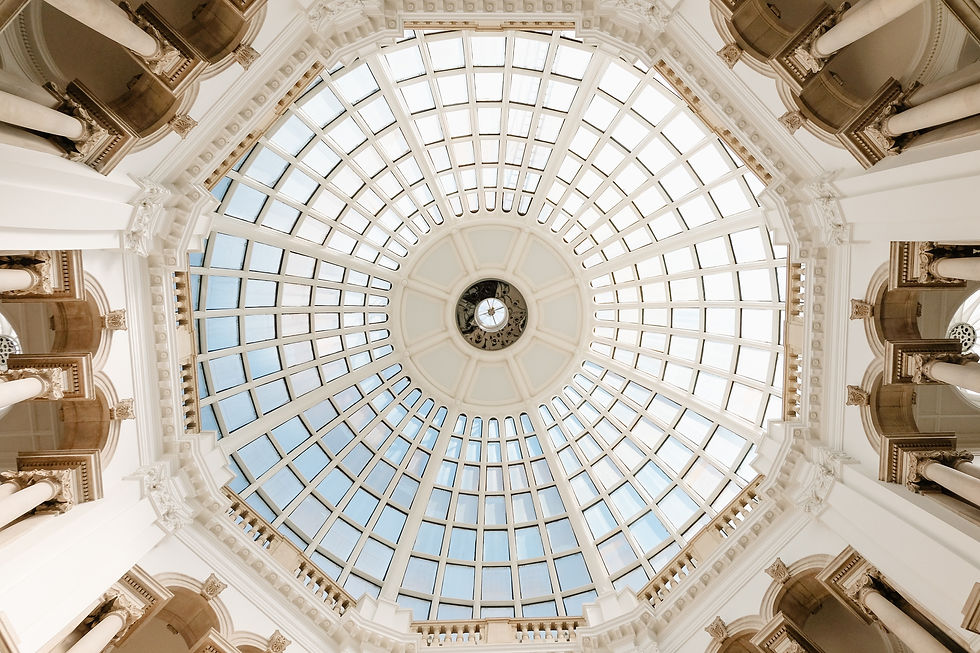Slow, Slow Looking...
Reduce your stress, learn new things, build your emotional resilience, and look with new eyes through slow looking
by Susan M. Ward

What is slow looking?
Slow looking is just what it sounds like--taking one's time to learn new things through careful, slow observation. Many museums have slow looking programs, or days, or events. Or, you can change the pace in your next museum visit by sitting in one place and looking slowly at one artifact. Slow looking can help reduce your stress and anxiety and improve wellness. Practicing calm, peaceful moments, like slow looking, improves your ability to switch from anxiety to calm more easily. The ability to switch from negative to positive emotions is part of emotional resilience.
It works!

Once in grad school, we were told to go to the Metropolitan Museum of Art, pick any object, sit and look at it, sketch it, and see what we noticed. I thought it was a rather useless assignment. I picked a 17th century English silver piece. I picked it because it was geometric and I thought it would be easier to sketch.
As I sketched, I noticed the light reflecting off the silver surface. After a few minutes, I realized that the reflection was slightly off. It dawned on me that the object had a coating on the silver that kept it from tarnishing. I never would have noticed that if I hadn't been slow looking.
How to do slow looking
Pick one object for your perusal. You might find it ahead of time on the museum's website or you might just wander through the museum until you find an object that merits a few extra minutes of time.
What do you notice first? If you were to walk into that painting, where would you go? If it's a piece of furniture or glass or pottery, how do you imagine it might feel? What emotions come up for you when you look at the object? Does anything surprise you about the piece? Does it remind you of anything? How do you imagine the maker of the piece?
Using a sketch pad or a drawing program on your phone, sketch the object. Sketch the whole thing or sketch a tiny portion of it. Does drawing it provide any new insights? Did it spark curiosity?
Write about the object. Make a list of adjectives that describe the artifact. Write a list of questions you would want to ask the maker or creator. Finish the writing prompt: When the artist finished this piece, I bet they said to themselves...
Examples of museum programs doing slow looking
The Museum of Modern Art (MOMA) in New York has regular slow looking programs both online and in the museum. These are meant to be restful and relaxing and attendees look, draw, and write. These programs are part of their Artful Practices for Well-Being.

The Tate Museum in London encourages slow looking. They suggest letting your eyes wander, to consider what feelings the art brings up, and to take about 10 minutes, but remind everyone that there are no rules about slow looking. Read "A Guide to Slow Looking" for more ideas and suggestions.
The Ashmolean Museum at the University of Oxford in England has a variety of slow looking programs. One of them is online and available to all: Slow Art.
Have you tried slow looking at art in a museum? What was it like? If you haven't tried it, in what kind of museum would you like to try it?




コメント